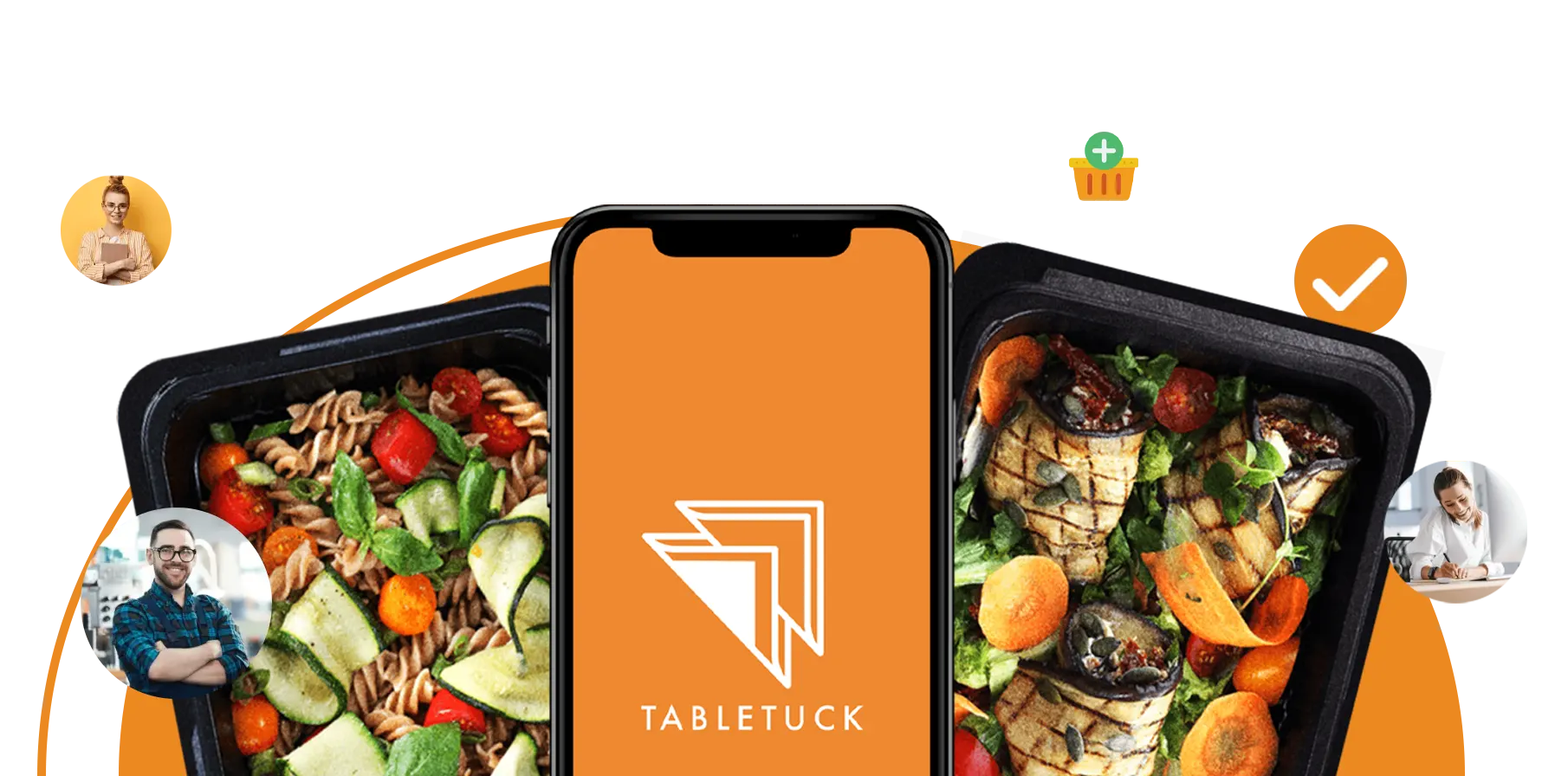Ordering System for Restaurants





In today's fast-paced dining landscape, the efficiency of restaurant operations can make or break a business. One crucial aspect of restaurant management is the ordering system. Gone are the days of scribbled notes and misplaced orders. With the advent of technology, modern restaurants are turning to sophisticated ordering systems to streamline operations and enhance the dining experience for both customers and staff.
Ordering systems play a pivotal role in the success of restaurants, ensuring smooth communication between customers and kitchen staff. Traditionally, restaurant orders were taken manually, leading to errors, delays, and frustrated patrons. However, with the evolution of technology, ordering systems have undergone a remarkable transformation, offering numerous benefits to restaurants of all sizes.
One of the primary advantages of ordering systems is the speed at which orders can be processed. With just a few taps or clicks, customers can place their orders swiftly, reducing wait times and increasing table turnover. For restaurants, this means higher efficiency and increased revenue.
Manual order taking is prone to human error, resulting in incorrect orders and disgruntled customers. Ordering systems eliminate this risk by providing clear, legible order details that are transmitted directly to the kitchen. This ensures that each order is prepared accurately, enhancing customer satisfaction.
By offering a seamless ordering process, restaurants can elevate the overall dining experience for their customers. With intuitive interfaces and convenient features, ordering systems make it easy for patrons to place orders, customize their meals, and track their progress. This level of convenience fosters loyalty and encourages repeat business.
In an era dominated by digital technology, online ordering has become increasingly popular among restaurants and customers alike. By integrating online ordering systems with their websites and mobile apps, restaurants can offer customers the convenience of ordering from anywhere, at any time. This not only expands the restaurant's reach but also provides valuable data insights for targeted marketing efforts.
Tablet ordering systems revolutionize the dining experience by bringing the ordering process directly to the table. Equipped with sleek tablets, waitstaff can take orders swiftly and accurately, without the need for pen and paper. This not only saves time but also enhances communication between front-of-house and kitchen staff, leading to faster service and happier customers.
Mobile apps have become indispensable tools for modern consumers, and restaurants are capitalizing on this trend by offering dedicated ordering apps. These apps allow customers to browse menus, place orders, and make payments seamlessly from their smartphones. With features like order tracking and loyalty programs, mobile apps offer a personalized and convenient dining experience that keeps customers coming back for more.
For many restaurants, integrating ordering systems with their point-of-sale (POS) systems is essential for smooth operations. This seamless integration allows orders to be automatically transmitted to the kitchen, eliminating the need for manual entry and reducing the risk of errors. Additionally, POS integration streamlines payment processing, making transactions faster and more secure.
When selecting an ordering system for their restaurant, owners must consider several factors to ensure a perfect fit. The size and type of the establishment, budget constraints, and desired features all play a crucial role in the decision-making process. By carefully evaluating their options and choosing a system that meets their specific needs, restaurants can maximize efficiency and profitability.
Implementing a new ordering system requires careful planning and execution. From installing hardware to training staff, there are several steps involved in the process. Restaurants must ensure that their staff are fully trained on the new system and equipped to handle any challenges that may arise during the transition period. Clear communication and ongoing support are essential for a successful implementation.
The success of any restaurant hinges on the satisfaction of its customers. Ordering systems play a significant role in shaping the customer experience, from the ease of placing orders to the accuracy of order fulfillment. By prioritizing customer needs and feedback, restaurants can fine-tune their ordering systems to provide a seamless and enjoyable dining experience that keeps customers coming back for more.
Several restaurants have embraced ordering systems with remarkable results. From increased efficiency to higher customer satisfaction, these establishments have reaped the benefits of modern technology. By studying these success stories, other restaurants can gain valuable insights into the potential of ordering systems to transform their operations and drive growth.
As technology continues to evolve, so too will ordering systems for restaurants. From artificial intelligence to voice recognition technology, the possibilities are endless. Restaurants that stay ahead of the curve and embrace these advancements will be well-positioned to thrive in an increasingly competitive industry.
While ordering systems offer numerous benefits, they also come with their fair share of challenges. From technical glitches to user error, there are many obstacles that restaurants may encounter. However, with proper planning and proactive problem-solving, these challenges can be overcome, allowing restaurants to fully leverage the power of ordering systems.
With the rise of online ordering and digital payments, security and data privacy are paramount concerns for restaurants. By implementing robust security measures and adhering to best practices, restaurants can protect sensitive customer information and build trust with their patrons.
Investing in a new ordering system is a significant decision for any restaurant owner. While there are costs involved, the long-term benefits often outweigh the initial investment. By conducting a thorough cost analysis and considering factors such as increased efficiency and customer satisfaction, restaurants can make informed decisions that lead to greater profitability.
It's essential for ordering systems to be accessible to all customers, regardless of their abilities. Restaurants must ensure that their ordering systems comply with accessibility standards and accommodate the needs of individuals with disabilities. By prioritizing inclusivity, restaurants can create a welcoming environment for all patrons.
Ordering systems can also serve as powerful marketing tools for restaurants. By leveraging features such as push notifications and targeted promotions, restaurants can attract new customers and drive repeat business. From limited-time offers to loyalty rewards, there are countless ways to use ordering systems to boost sales and engagement.
For restaurants that offer delivery services, integrating ordering systems with third-party delivery platforms is essential. This seamless integration allows orders to be processed quickly and efficiently, ensuring timely delivery to customers' doorsteps. By partnering with delivery services, restaurants can expand their reach and tap into new revenue streams.
In conclusion, ordering systems are indispensable tools for modern restaurants looking to streamline operations and enhance the customer experience. From online ordering to tablet systems, there are countless options available to suit the needs of any establishment. By choosing the right system, implementing it effectively, and prioritizing customer satisfaction, restaurants can stay ahead of the competition and thrive in today's competitive market.
The cost varies based on factors like system type, restaurant size, and features. Expect upfront costs for hardware, software, and setup, along with ongoing fees like subscriptions or transactions.
Yes, most systems offer customization options for allergies, intolerances, and preferences. Menus can include ingredient details, allergens, and options for special instructions.
Security features include encryption, data masking, and secure payment processing. Compliance with standards like PCI DSS ensures high-level security. Regular updates and strong password policies further enhance security.
Training duration varies based on system complexity and staff familiarity. Generally, sessions range from a few hours to days. Ongoing support and refresher training may be necessary.
Yes, many ordering systems integrate seamlessly with various POS systems. Options include direct integrations, API connections, or third-party plugins, enhancing efficiency and streamlining operations.
Elevate Your Online Kitchen Order Processing Journey Today.